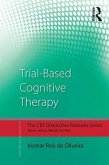
Broschiertes Buch
Distinctive Features
27. Mai 2016
Taylor & Francis Ltd
| Gebundenes Buch | 233,99 € | |
| eBook, ePUB | 49,95 € | |
| eBook, PDF | 49,95 € |
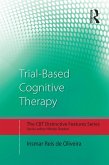
21,95 €
Sofort per Download lieferbar
21,95 €
Sofort per Download lieferbar
Broschiertes Buch
A Manual for Clinicians
17. Oktober 2014
Taylor & Francis Ltd
Ähnliche Artikel

Broschiertes Buch
Alternative Methods and Management Techniques
25. März 2020
Taylor & Francis Ltd
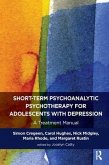
Broschiertes Buch
A Treatment Manual
1. November 2016
Taylor & Francis Ltd
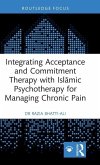
Gebundenes Buch
20. Dezember 2023
Taylor & Francis Ltd

Broschiertes Buch
A Strengths-Based Approach to Conceptualization and Treatment
15. September 2023
Taylor & Francis Ltd
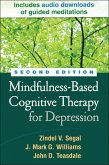
Gebundenes Buch
2 ed
23. Oktober 2012
Guilford Publications
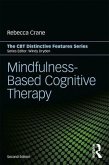
Broschiertes Buch
Distinctive Features
2 ed
27. März 2017
Taylor & Francis Ltd
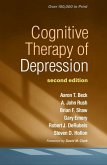
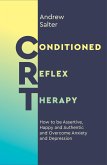
18,99 €
Versandfertig in 2-4 Wochen
Broschiertes Buch
How to be Assertive, Happy and Authentic and Overcome Anxiety and Depression
0 New edition
12. November 2019
Watkins Media Limited
Ähnlichkeitssuche: Fact®Finder von OMIKRON
